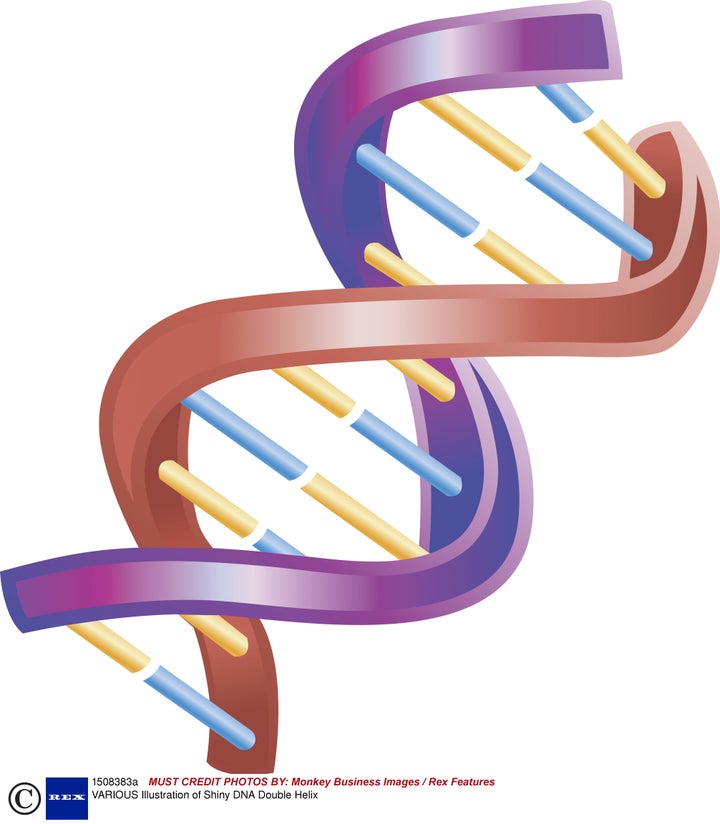
I have argued that natural genetic engineering is the real creative process in evolutionary innovation. A central but undocumented feature of my argument is that cells can coordinate separate DNA-change events to produce functional new genome structures. How can experimentalists test this argument?
The experiments will probably involve microorganisms, such as bacteria or yeast. A standard procedure for measuring microbial DNA change (mutation) is to place the microbes in a petri dish where they cannot grow into colonies, count the number of cells deposited, incubate them for a period of time, and count the number of colonies that appear. Each colony arose from a mutational event that overcame whatever prevented growth (e.g., inability to utilize the nutrients provided or to synthesize a needed biochemical). The ratio of colonies to cells placed on the growth medium is the mutant frequency. We can measure how various treatments, such as UV irradiation, change this frequency.
Mutation experiments generally look for changes at a single location in the genome. With modern DNA-sequencing technology, the precise changes are easy to identify. Colonies typically appear two to three days after the appropriate DNA change has occurred. In most cases studied, suitable mutations occur in the population prior to plating. Examining the petri dishes after two or three days indicates the frequency of preexisting mutations.
Longer incubation of the selection plates often produces a large increase in the number of colonies. This indicates that mutations continue to occur under selection conditions. By counting these colonies and analyzing the population dynamics of the selected bacteria, we can determine whether selection affects the process of genome change.
When selection significantly stimulates mutations above prior levels, the process is called "adaptive mutation." Molecular geneticists agree that adaptive mutation (observed in different microorganisms) occurs when selective stress triggers natural genetic engineering activities that carry out DNA changes allowing mutated cells to form colonies.
In some cases, we know the consensus interpretation is correct. Together with my colleague Genevieve Maenhaut-Michel, I confirmed this. We studied an experimental situation where the required DNA change (a special type of coding sequence fusion) was never detected during normal growth but increased at least 100,000-fold after selection.
Other groups confirmed selection stress triggering natural genetic engineering by detecting evidence of "induced hypermutation" at various locations throughout the genome and by direct measurement of mutator function.
It is likely that more complex changes can be triggered by selection conditions. My colleague Bernhard Hauer worked for many years at the large German chemical company BASF. In order to produce certain specialty biochemicals, BASF used microbes. But often the good producer organisms would only grow on expensive nutrients. So Bernhard simply plated them on medium containing economic nutrients, waited for a month or so, and harvested the late-appearing colonies. Unfortunately, this was before the days of rapid sequencing, and we do not know what kinds of DNA changes occurred in the long time before the colonies finally appeared.
In order to look for coordinated natural genetic engineering at multiple locations, one approach is to repeat what Bernhard did but start with well-defined strains. We know that coding sequences that lack transcription signals can be activated by the upstream insertion of mobile elements in bacteria and yeast.
The strategy is to engineer strains that could only grow when multiple mobile element insertions activated several different coding sequences. For example, these sequences might encode proteins needed at various steps of a metabolic pathway (for nutrient utilization or for biosynthesis). Selection for activation of all the sequences together simply involves placing the microbes on a medium where the whole pathway is essential for growth, and then waiting for colonies to appear.
If the initial experiment was to prove successful and colonies did eventually appear, it would be essential to exclude alternative explanations and quantify the coordination. The most important control would be to show that no single activation event led to slow growth on the selection medium. Such growth could enable other activation events to occur independently later during proliferation.
Measuring the individual frequency of each single activating event over the time it took for the combined changes to appear helps quantify the degree of coordination. The expected frequency of truly independent changes would be the multiplied product of the individual frequencies. If the frequency of selecting all the changes at once turned out to be significantly higher than this multiple, there would be evidence for a coordinating process.
To learn how coordination operates, two standard approaches are applicable. One is to sequence the genomes of the individually and coordinately activated strains. Are the DNA changes the same or not? For example, if distinct mobile elements activated individual versus multiple coding sequences, we could conclude that different triggering processes occurred in the two cases.
The second standard approach is to ask if particular control functions are essential for coordinated change to occur. In the case of the starvation-induced coding sequence fusion that Genevieve and I studied in E. coli, we and others demonstrated the roles of regulatory proteases and transcription factors. To identify components of the control network is the first step to figuring out how it operates.
The approach I just suggested is relatively straightforward microbial molecular genetics. It would document cell capacity to generate an expression network by coordinated DNA changes at multiple locations in the genome. I feel confident that it will succeed. It would open a new chapter in experimental evolution.